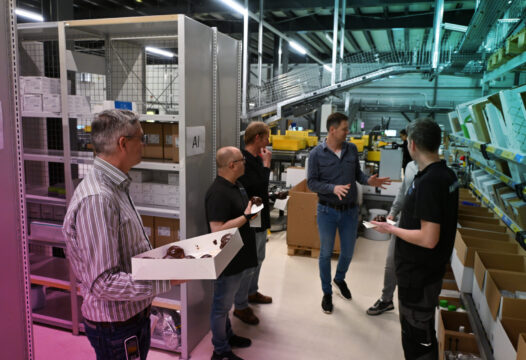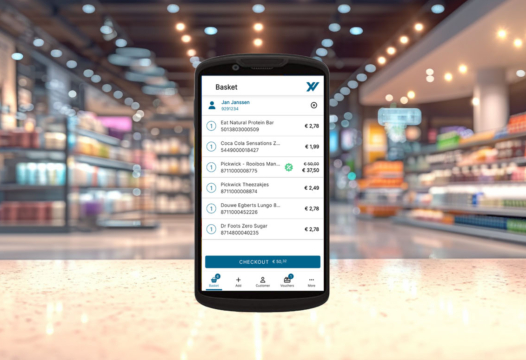The days when good people were there for the taking are over. The labor market seems tighter than ever. This is a realization not only for organizations and HR departments, but also for employees. As an employee, you have more options than ever. Recruiters are only too happy to enter into conversation with you and doors of other organizations open easily for you. As an organization, you want to prevent your valuable staff from having a reason to see if the grass is greener elsewhere. You want to be an attractive employer, with productive employees. An important part of this is to provide your employees with all the facilities and tools they need for an optimal, modern workplace. But what exactly does that entail? What do employees expect from their workplace and how can Microsoft 365 products help your organization achieve this? This top five will help you on your way.
1. Control your own workload
Incentives are never far away these days. As an employee, you have to deal with a continuous stream of emails, texts, phone calls and notifications that grab your attention. To prevent your employees from becoming overexcited or overloaded, it is important to provide clear frameworks on HR-related matters. Such as flexibility over working hours and locations. This allows your employee to choose when, and where, he or she can best do certain work. Supporting tools for this are the ‘shorter meetings’ and ‘quiet time’ options in Teams. And Viva Insights for employees, with features such as ‘delayed send’ and ‘focus time’. As an employer, you offer frameworks for controlling work incentives and keeping them manageable.
2. Good and personal onboarding
You never get a second chance for a first impression. And so it’s important that new people immediately feel at home, valued and welcome to your organization. Put time into a good onboarding, make sure there is a good and well thought-out script for the first few days. Everything must be arranged and ready: at the office, but also at the home office. Think of devices, chairs, a headset and an extra monitor. But also access to Microsoft SharePoint and Microsoft Entra, for example. Include the new employee in the work arrangements right away, so they feel connected to the organization from day one.
3. Optimal information delivery
Nothing is more frustrating for an employee than not being able to find the information or data needed to work properly. It can make or break not only the proper execution of a job or project, but also the motivation and attitude of your staff. For that reason, explore strategies for improving information findability. For example, use metadata and smart search functionality in Microsoft SharePoint, Teams and Viva. Make your employees part of what’s going on by encouraging proactive information dissemination.
4. Collaboration and flexibility
Gone are the days when a manager imposed something and employees followed that order blindly. ‘You’ has become ‘we’. Get rid of the hierarchy, embrace the network organization. That means emphasizing collaboration and information sharing. This is how you arrive at effective decisions and a jointly optimal result. Collaboration is largely digital. Through Teams, and through shared files. Flexibility also plays an important role. Think beyond the wall or even the region of your office. Your employees should be able to work from anywhere. Whether they are in another part of the country, or abroad. A clear policy for this also needs to be formulated and propagated by your HR department, with tools such as Microsoft Entra and Microsoft Intune providing optimal support. These allow you to automate a workplace and securely deploy and manage it remotely.
5. An eye for well-being and production
Appreciation is indispensable for employees. If your employees feel good and appreciated, optimal productivity is a logical consequence. Give them a compliment, have a chat. Provide a good balance between digital and physical contact. And involve employees in company goals. Explain to them how data-driven work contributes to the result, but also to their well-being. Point them to tools like Viva, which offer support in the workload. And let them make choices that fit into their own work-life balance. The greater your employee’s well-being, the more likely they are to remain loyal to your organization.
















